The Start of an Era
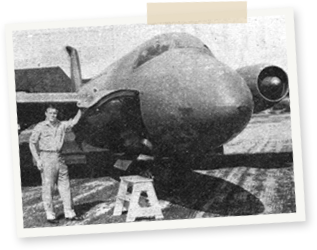
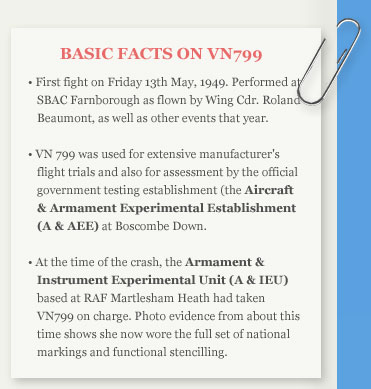
Let's face it; the English Electric Canberra must rank among the most important British jet aircraft of all time. The sheer amount of valuable service provided by the countless official variants and modded Canberras over its sixty years of service is almost immeasurable. Millions of pounds generated through foreign exports, decades of steadfast service as test-bed airframes as well as first and second line bomber and reconnaisance roles (to name but a few) are just some of the contributions she made. But it all had to start somewhere, and in this case, it all began with Teddy Petter's design team at Preston, and test pilot Wing Cdr. Roland 'Bee' Beaumont.
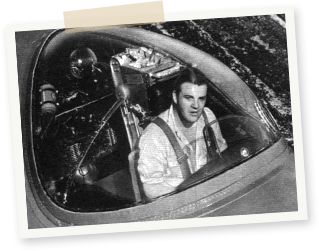
VN799 is special to me; she was the first of the four prototype Canberras, originally designated A.1. Beamont's display at SBAC Farnborough in 1949 is now the stuff of aviation legend; the striking all-blue colour scheme also. But what happened to the alpha Canberra after this? How could this machine fade into obscurity so quickly? Simple. She crashed four years later and was entereted simply as a record in the history books. Gone were the clean lines, Petter Blue and characteristic fin strake. But I love the obscure, the underdog, the forgotten. While many recall the later-era PR.9s and TT.18s (still great, trust me), I have a definite soft spot for 'the earlies' and have often wondered what really became of the blue bomber.
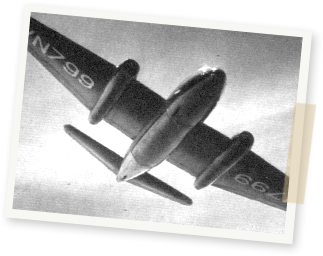
What Happened to VN799?
In July 2009, I started my research, finding that she crashed on the afternoon of the 18th August, 1953. Beyond that, details seemed to vary, and so I decided to see what solid facts I could glean on this overlooked part of British aviation history. Aside from the unfortnate event of the crash, it is a further tragedy that nothing was salvaged of this machine for preservation in some shape or form. While the events of the past cannot be undone, I thought I would try to discover as much as possible as to what happened that day on fifty-six years ago.
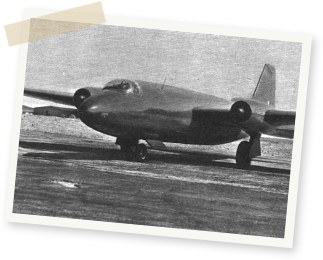
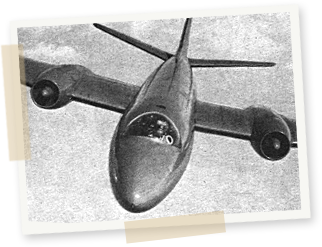
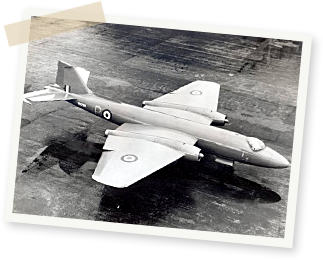
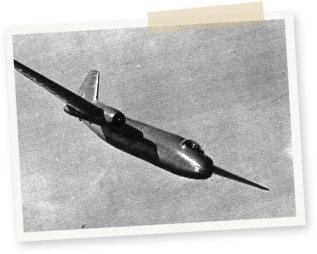
Woodbridge or Martlesham Heath?
One of the most common challenges I faced in my research was whether VN799 crashed near RAF Woodbridge, then a newly occupied USAF base, or RAF Martlesham Heath, where she was based at the time as part of the Armament & Instrument Experimental Unit (A & IEU). From studying the various reports and from talking with members of the Martlesham Heath Aviation Society it appears she did indeed come to a rest near Sutton Heath, a small Suffolk village on the outskirts of RAF Woodbridge.
VN799's pilot was for the fateful flight, was Flight Lieutenant Harry Maule and her Flight Test Engineer was Mike Burgan - a civilian scientific officer. Some reports claimed both were killed in the crash, others stated they were injured in the crash; not having ejected. I also read the crew later died of injuries, however, fortunately, this turned out not to be the case. The aircraft itself was a Category 5 Write Off. It was said to have been carrying out Auto Land Trials comprising circuits and overshoots of Woodbridge airfield, and on the sixth overshoot of the airfield, both engines failed in a climbing turn. The pilot changed over to another fuel tank but it was too late to re-ignite the engines and the aircraft crashed into a wood. The failure of the fuel supply to the engines was said to have been caused by a fuel leak from the tank that had been selected. Martlesham Heath Aviation Society Archivist Mr. Alan Smith, had this to say on the matter:
“Neil Pollock, one of the A & IEU pilots, who flew the aircraft, told me that as the first prototype Canberra cockpit was not standard like the production versions because all updates were not incorporated, the fuel cocks were not standard and when he flew it he was always reminded by his crew of the differences by saying 'English Electric' Canberra when they got on board. He told me the fuel cocks were different, and I surmise that the accident was probably caused by a delay in switching tanks because of this, rather than a fuel leak , but I have no proof.”
Crash Record
In August 2010, I followed up a suggestion to obtain a copy of the Air Ministry Form 1180, which is the standard post-crash form for all aircraft accidents, fatal or otherwise, and received this in a timely fashion from the RAF Museum at Hendon. The record, of which you can see below, (granted, it's hard to read) filled in the gaps in the story. The report confirms that a leak in the pipe supplying the No.2 fuel tank caused the flame-out after the pilot switched to this tank after the No.1 tank was exhausted, apparently unaware that the tank was leaking. This occurred at 300ft in a climbing turn, and despite Flt. Lt. Maule's immediate switch-over to the No.3 tank, he was unable to maintain sufficient control, and was forced to crash-land in a wood. We now also know from the record, that two small fires occurred upon impact, but were put out with Co2 and foam extinguishers by the crash crew. The fires occurred in the forward part of the bomb bay and between the fuselage and port engine, and it seems internal extinguishers were triggered by inertia switch upon impact.
Perhaps most interestingly, is the conclusion that Flt. Lt. Maule, as an 'above average' qualified pilot, should have been aware of the leak in the No.2 tank from the gauge contents, and therefore, not have switched to that tank. No remedial action is listed on the form, but one has to wonder what became of him afterwards, as well as how badly injured they were, and what kind of recoveries they made. In a classicly British way, the report ends with a private property damage assessment of what appears to be five hundred pounds.
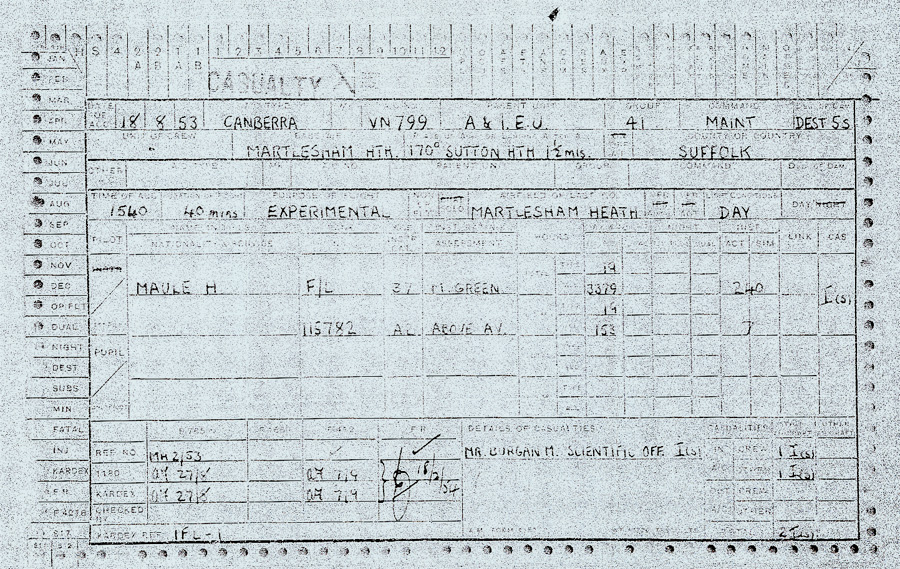
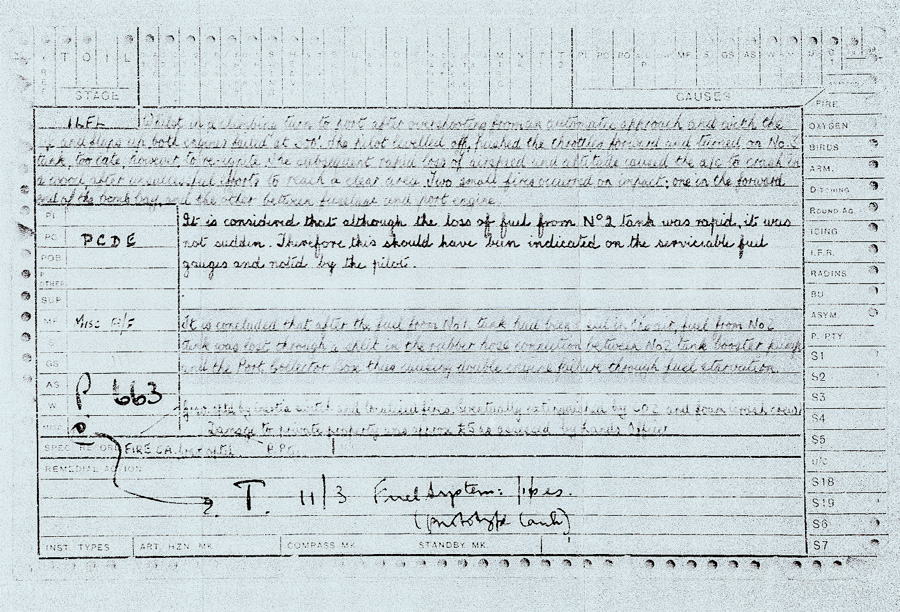
View VN799 crash site in a larger map
Crash Site
With the help of Alan Smith and Tom Scrivener, at an RAF corporal who guarded the wreck, I have plotted this location on Google Maps for those interested. I hope to make a trip one day with fellow Canberra enthusiasts to see what we can find, and at the very least share some good Canberra-conversation in the final resting-place of this classic machine. Tom remembers the line of trees at the edge of the small clearing being saplings at the time, and is convinced these now-fully grown trees mark the same spot from fifty-six years ago. Interestingly, he did not recall a smell of aviation fuel whilst guarding the wreck.
Roy Easson and Richard Murray remember
In August, 2012 I made contact with Roy Easson who had worked at the Blind Landing Experimental Unit (BLEU) at Martlesham Heath. Roy worked with both Harry Maule and Mike Burgan between 1955-58 and remembered the crash. He was able to confirm both men walked away from the crash with only cuts and bruises and provided this photo of the wreck taken shortly the crash.
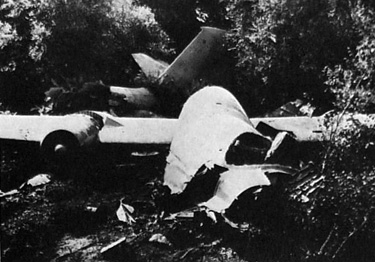
Then in January 2013, I heard from the son of Richard Murray who was stationed at RAF Woodbridge at the time who recalled:
" ...[T]he rescue mission was a bit of a fiasco as they couldn't get the fire tenders started. They ended up trying to tow them with tractors. When they eventually did get to the scene the Americans from a nearby base were already there, looking very smug. He seems to remember that the Americans had covered the plane in foam."
From here...
Research will continue until I get more details or becomes fruitless. If anyone knows more on this or has any photos (or even video!) of VN799 they would like to share, please get in touch and I will happily add them to the site.
Regards to all,
Steven Beeny